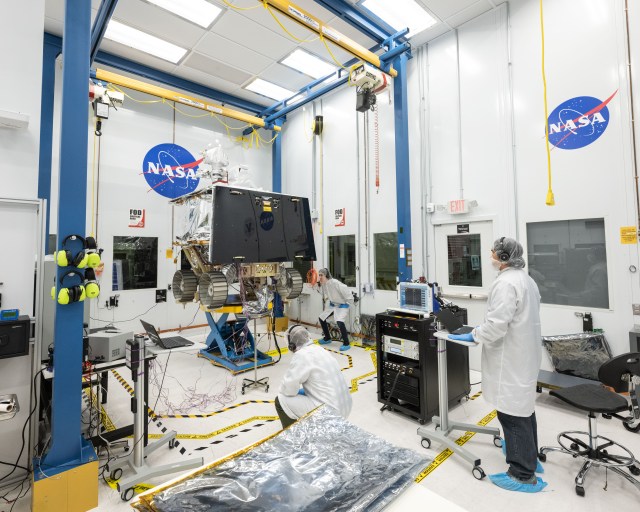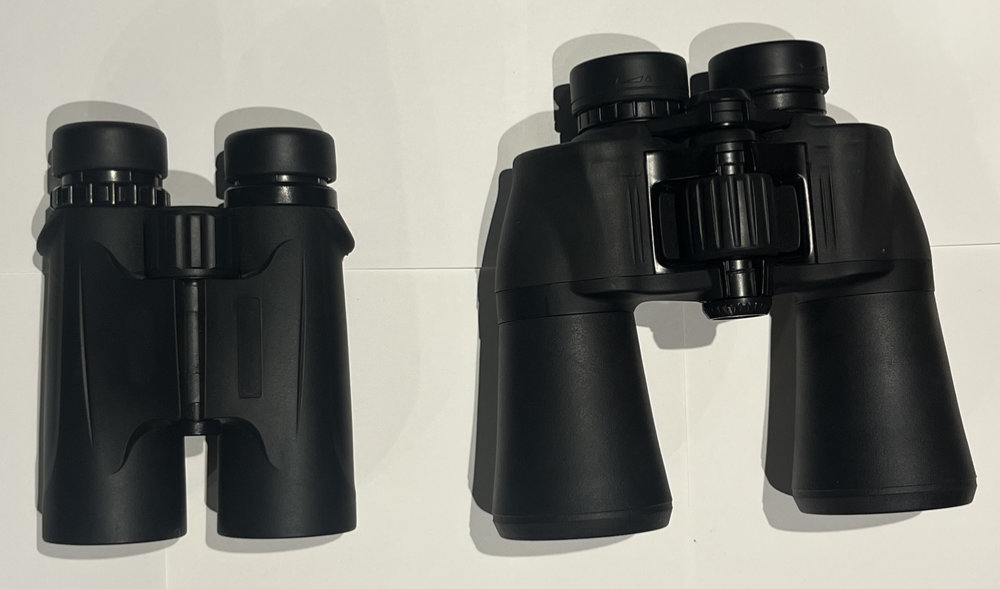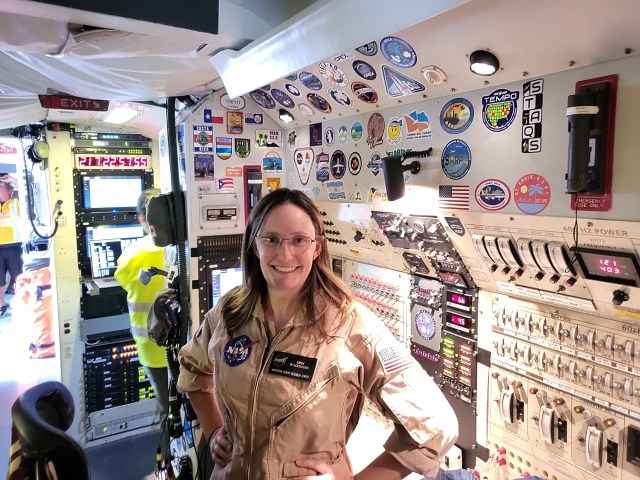Our in-house Materials Testing, Nondestructive Evaluation (NDE), Materials Flight Acceptance, Oxygen Systems, and Propellants and Aerospace Fluids teams offer a full range of additional testing at White Sands for your Composite Overwrapped Pressure Vessels (COPVs) including:
Coupon Level Testing
Mechanical Testing, Chemical Analysis, and Microstructural Analysis can help verify the fitness of your pressure vessels by certifying the materials used in their construction and determining their strength, fracture toughness, and fatigue life. Post-exposure techniques such as microscopy and thermal de-ply analysis can explain, analyze, and better understand the micromechanics of the structure.
Strand/Tow Test Systems
Tow strand strain data can be provided through multiple methods such as tensile strength to help determine the strength and failure characteristics of composites used in your COPVs. A maximum of 32 independent strands can be tested in a wide arrangement of loads and loading scenarios.
Cryogenic
Coupon and strand tests can be conducted in cryogenic media such as liquid nitrogen and oxygen to determine the characteristics of the materials at extremely cold temperatures. The same efforts can be applied at the component level for exposure, analysis, as and pressure cycling in and with cryogenic fluids.
Standard Testing and Compatibility
Multiple standard tests are provided by our in-house Materials Flight Acceptance, Propellants and Aerospace Fluids and Oxygen Systems groups to test the materials compatibility, Ignition Susceptibility and Flammability, and Reactivity of the components used in composite pressure vessels.

























